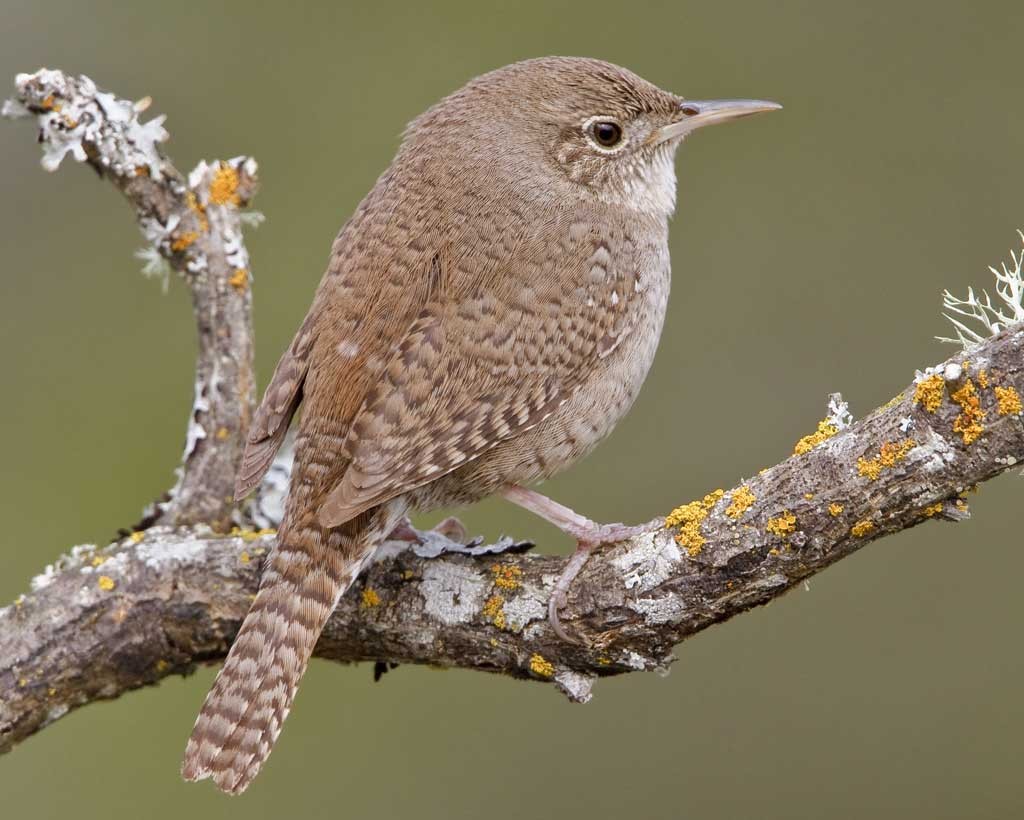Purpose: Install on a Bluebird nest box to discourage House Wrens from using it.
Reason: House Wrens are very territorial and will place sticks in ALL nest boxes within their territory, even though they are already using another nest box. They will peck and remove eggs of other species and will even remove the very young nestlings from their box. Since House Wrens are a native species, they are a protected species, so you can only use a device to deter them — you cannot interfere with their nesting activities.
Making a wren guard: Use a material that is similar to what the nest box is made of to construct the guard; ie, wood (pine, cedar, PVC)
Placement/installation: Install the guard on the nest box BEFORE the house wren starts using the nest box. If installed afterwards, it will not be effective. Install it so that it blocks the view of the hole when looking directly at the front of the box and allow a space of at least 2.5 – 3″ between the guard and the nest box entrance hole.
Adaption: Bluebirds and other songbirds should adapt to the wren guard, but always observe to make sure that both parents enter and exit the nest box after it is installed. If not, remove it immediately. Some bluebirders install the wren guard on the box before the bluebirds start the nest building; others install after the first egg is laid. The important thing is to make sure that you verify that the parents accept it.
IMPORTANT —- Remove the guard when the nestlings are between 5-7 days old to make it easier for the parents to feed them and also make it easier for the young to leave the nest when they fledge; bluebirds fledge from day 18-22 days old.

